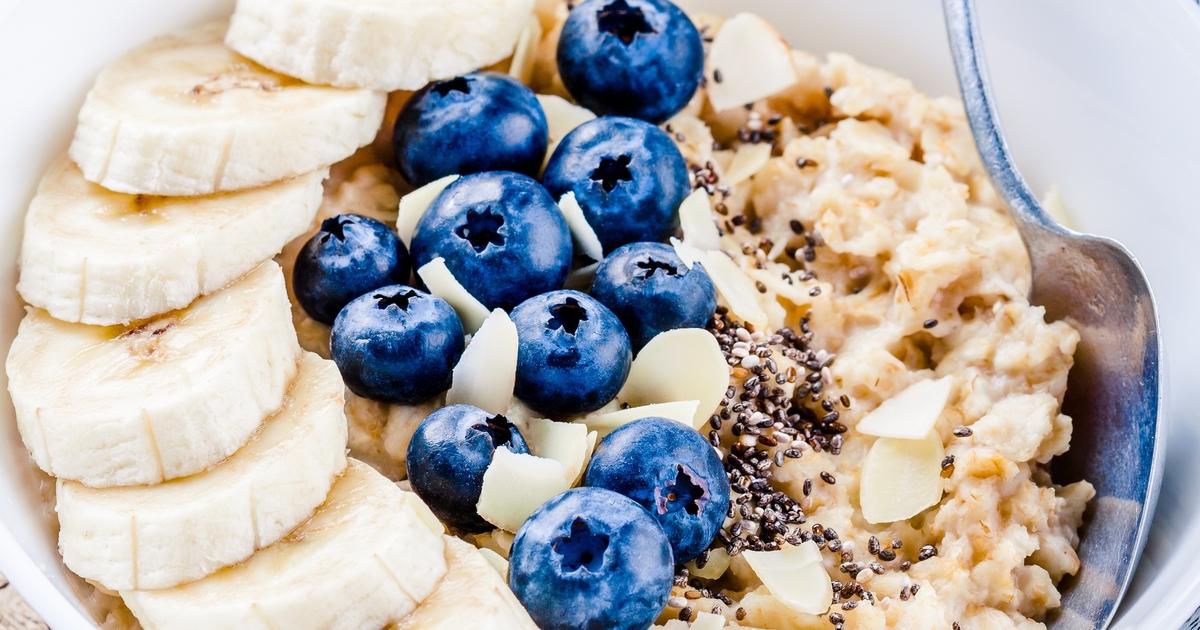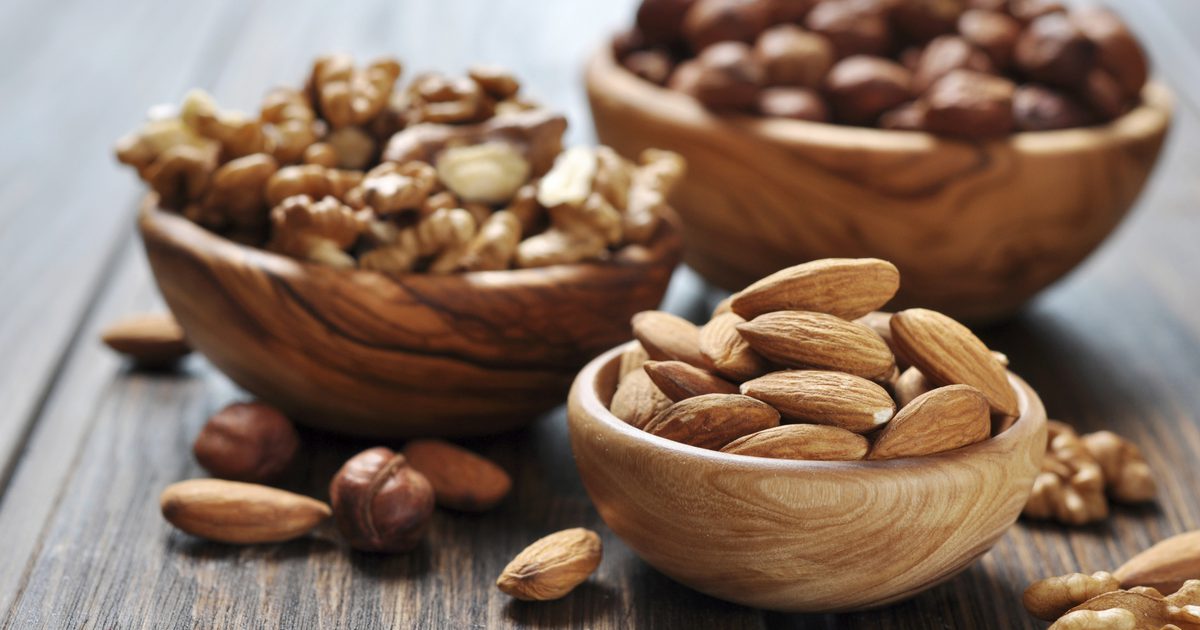10 Lip-Smacking Ways to Munch Your Way to Lower Cholesterol Levels
You already know cholesterol's reputation: a sneaky, silent contributor to heart disease and stroke, lurking even in healthy bodies. While a little bit is essential, elevated levels demand attention—and often, your fork is the most powerful tool in your arsenal. Forget bland, restrictive diets and joyless calorie counting. What if you could actively, deliciously lower your cholesterol, transforming your plate into your pharmacy? This isn't about deprivation; it's about intelligent, flavorful choices that truly make a difference. This article unveils 10 lip-smacking ways to munch your way to lower cholesterol levels, proving that managing your heart health can be a surprisingly enjoyable, culinary adventure. Get ready to savor your path to a healthier you.
1. Look For High-Fiber Foods

Individuals who have elevated cholesterol may wish to look out for high-fiber foods as they begin to adopt a healthier lifestyle. A type of fiber known as soluble fiber is especially beneficial in the reduction of cholesterol. This form of fiber binds to cholesterol while it is in the small intestine, preventing the cholesterol from being absorbed by the body. Current guidelines recommend female patients should consume twenty-five grams of fiber each day, and male patients should aim to consume thirty-eight grams. Nationally, most individuals only consume fifteen grams of fiber per day. Research indicates increasing soluble fiber intake by just five to ten grams each day can reduce low-density lipoprotein (LDL) cholesterol by five percent. Oats, green peas, apples, and several types of beans and citrus fruits are all high in fiber; each contains roughly one to three grams of fiber per serving. In particular, oats are especially helpful in lowering cholesterol since they contain beta-glucan, a type of soluble fiber that may reduce total cholesterol and LDL cholesterol by up to 14.5 percent (based on the consumption of eleven grams of beta-glucan each day). Patients who adopt a high-fiber diet should typically see changes in their cholesterol after four weeks.
2. Don't Forget About Nuts

Individuals must not forget about nuts when modifying their diet to reduce cholesterol. Although nuts can be high in saturated fats, numerous studies have suggested certain nuts may be especially beneficial in managing high cholesterol. Like oats and beans, nuts contain soluble fiber that removes cholesterol from the bloodstream before it is absorbed. For example, both almonds and walnuts contain antioxidants that stop cholesterol from reaching the arteries, and they also have plant sterols that reduce the amount of cholesterol that enters the bloodstream. Monounsaturated fats account for roughly seventy percent of the total fat content in a serving of almonds. These fats have been shown to clear cholesterol from the arteries. Similarly, a 2004 study found consuming walnuts as part of a Mediterranean diet was associated with a reduction in LDL cholesterol and total cholesterol, and the nuts increased the elasticity of the arteries by sixty-four percent. Research indicates pecans and macadamia nuts also contribute to a reduction in LDL cholesterol. Since nuts are such a concentrated source of nutrients and fats, patients should carefully measure out an appropriate portion before they eat.
